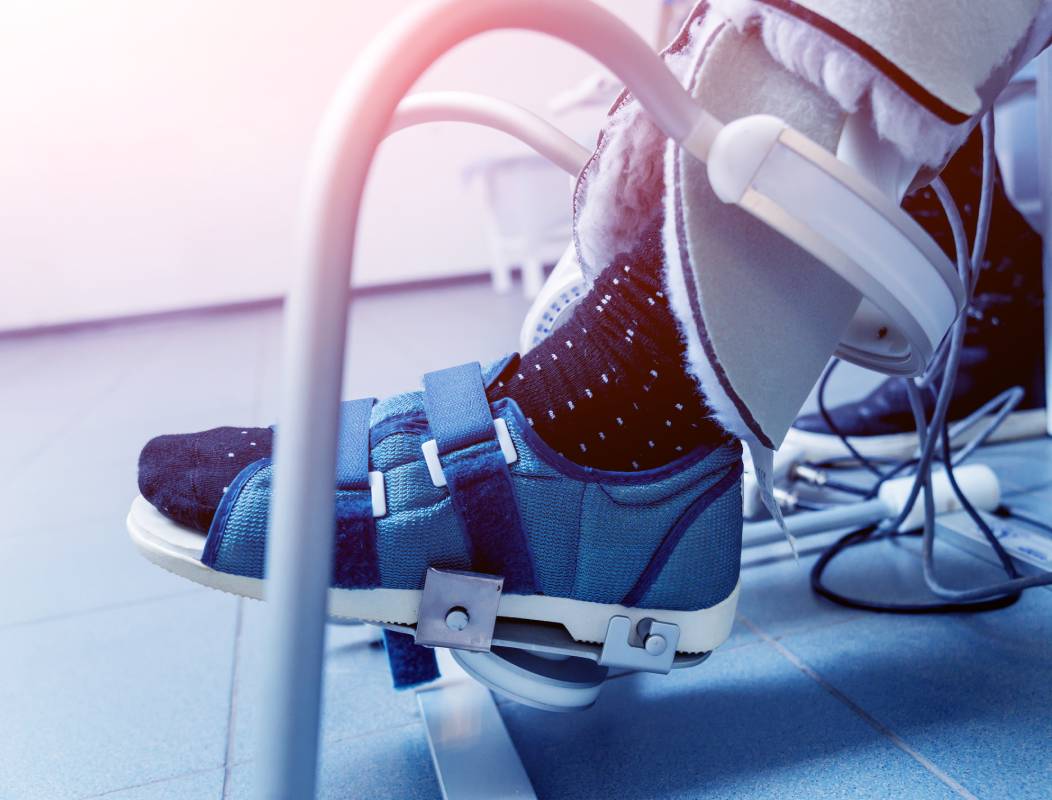Will You Need PT After Surgery?

The relationship between physical therapy (PT) and recovery from surgery is complicated; whether there is a need for it after surgery is informed by several factors such as age, type of surgery and type of PT. Many types of surgery don’t need PT after at all, in fact. The need is larger when the surgery affects the musculoskeletal system in particular.
Orthopedic surgery often benefits from PT to assist with recovery. In their study, Hankins and Moloney attempt to delineate the best time to initiate physical therapy for optimized recovery from hip surgery in elderly patients. Earlier enrollment in physical therapy was directly linked to shorter hospital stays. If physical therapy began the day after the surgery, Hankins and Moloney explain that the patient was discharged two or three days earlier. Delaying physical therapy increased patient postoperative complications like delirium and pneumonia. Hankins and Moloney further found that delayed physical therapy was linked to poor mobility two months post-surgery and high mortality six months after the surgery. Thus, patients, especially elderly patients, need PT after hip surgery, with the most benefit coming from started physical therapy as soon as possible.1
Villalta et al.’s findings not only agree with but also examine a wider demographic than the study by Hankins and Moloney. In the general population, early movement after orthopedic surgeries enhances recovery. Furthermore, aquatic physical therapy is superior to land physical therapy. Different types of orthopedic surgical procedures benefit from postoperative physical therapy. These include rotator cuff repair, anterior cruciate ligament reconstruction, hip replacement, and knee replacement. They demonstrated a key aspect of patient outcome – the early onset of physical therapy did not have adverse effects on patient wounds or wound healing time.
Compared to land physical therapy, aquatic physical therapy optimized patient recovery from hip and knee replacement surgeries not by reducing swelling or pain but by reducing the likelihood of adverse events on wound healing. Although aquatic physical therapy has been demonstrated to improve recovery from rotator cuff repair surgery because muscle activity is reduced, clinicians still hesitate to implement it because the limbs need to be immersed. Physicians fear this will delay wound healing. Aquatic physical therapy began on postoperative day 6 or 14 for the two groups making up the study cohort. Post-op day 14 participants had fewer complications from aquatic physical therapy compared to post-op day 6, suggesting that aquatic PT may be better after the surgical site has more time to heal. 2
Patients emerging from orthopedic surgery are not the only ones who benefit from physical therapy. In a study published by Hulzebos et al., it was found that cardiac surgery patients who participated in preoperative physical therapy enjoyed protection from postoperative pneumonia. This result is consistent with previous studies. This is an important benefit since the geriatric population easily succumbs to pneumonia. This vulnerability is an ever-present concern for physicians.3 Hoogeboom et al. explains that physical therapy strengthens lung capacity and reduces the onset of pneumonia. Their study agrees with the preceding body of work that PT both before and after the surgery reduces length of hospital stay as well as the associated risks of surgical complications following cardiovascular, abdominal, thoracic, and orthopedic surgery, with a need for starting PT early in the postoperative period specifically.
To refine current research into the benefits of physical therapy, more researchers need to consider how physical therapy can serve the general population and not just the geriatric population.4
References
- Hankins ML, Moloney GB. Early initiation of physical therapy after geriatric hip fracture surgery is associated with shorter hospital length of stay and decreased thirty-day mortality. Injury. 2022 Dec;53(12):4086-4089. doi: 10.1016/j.injury.2022.09.040. Epub 2022 Sep 25. PMID: 36192201.
- Villalta EM, Peiris CL. Early aquatic physical therapy improves function and does not increase risk of wound-related adverse events for adults after orthopedic surgery: a systematic review and meta-analysis. Arch Phys Med Rehabil. 2013 Jan;94(1):138-48. doi: 10.1016/j.apmr.2012.07.020. Epub 2012 Aug 7. PMID: 22878230.
- Hulzebos EH, Smit Y, Helders PP, van Meeteren NL. Preoperative physical therapy for elective cardiac surgery patients. Cochrane Database Syst Rev. 2012 Nov 14;11(11):CD010118. doi: 10.1002/14651858.CD010118.pub2. PMID: 23152283; PMCID: PMC8101691.
- Hoogeboom TJ, Dronkers JJ, Hulzebos EH, van Meeteren NL. Merits of exercise therapy before and after major surgery. Curr Opin Anaesthesiol. 2014 Apr;27(2):161-6. doi: 10.1097/ACO.0000000000000062. PMID: 24500337; PMCID: PMC4072442.